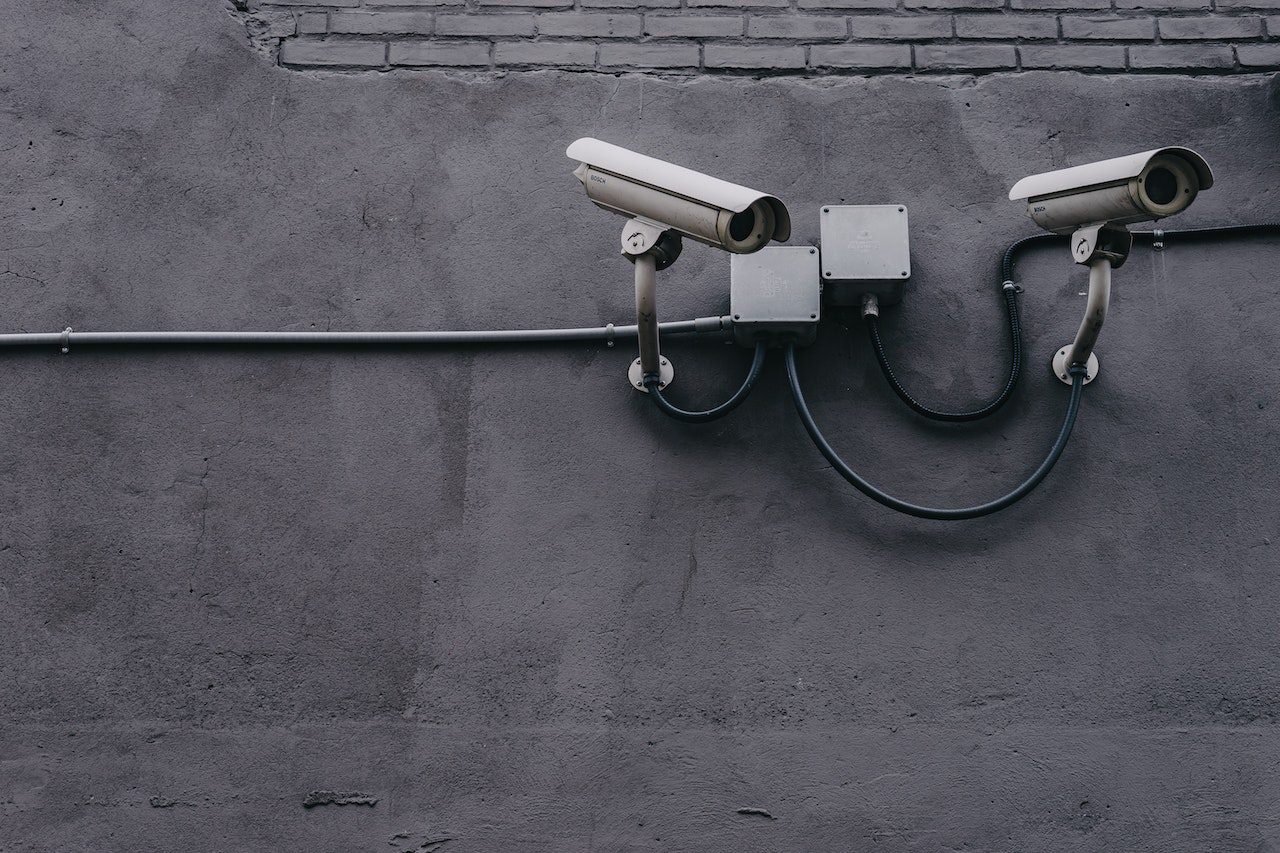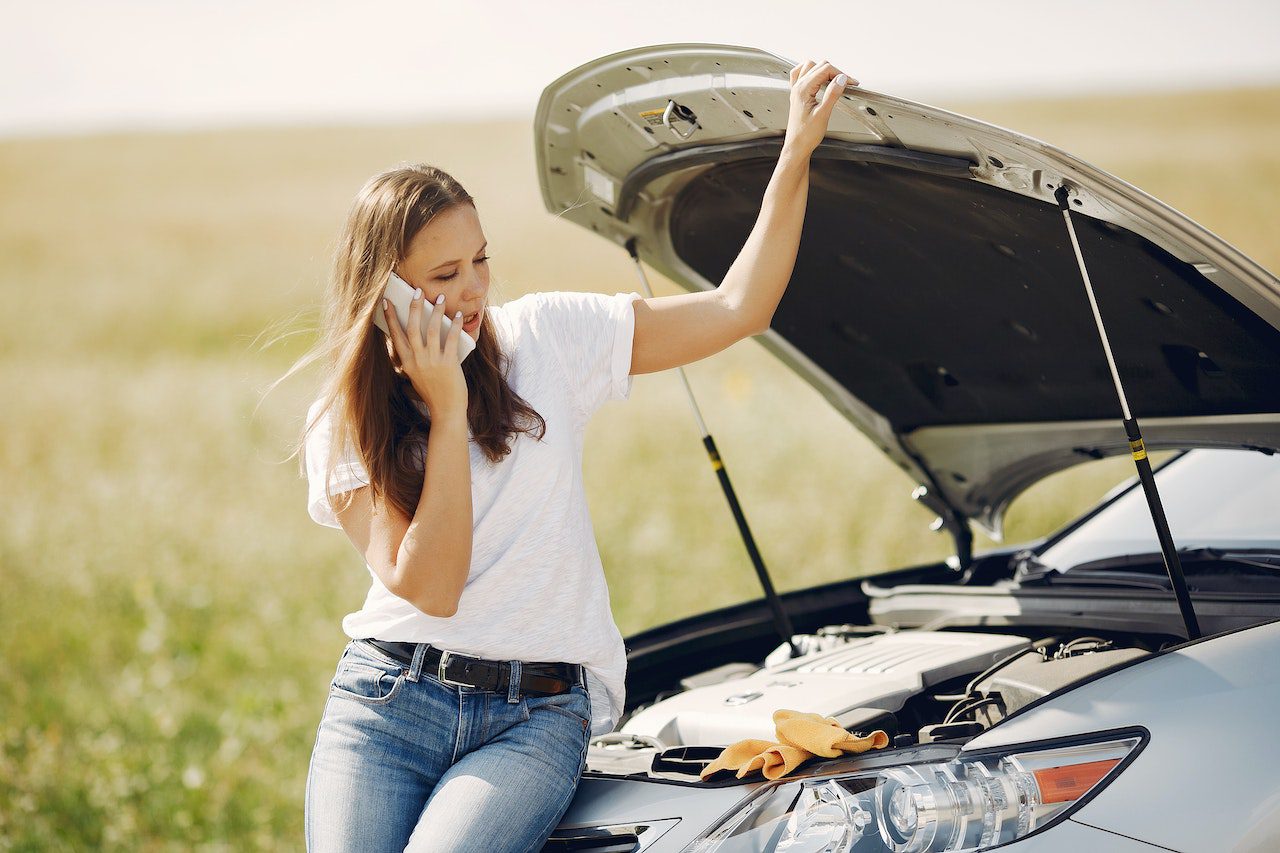The Importance of Workplace Safety: A Guide for Employers

Workplace safety is a critical concern that affects both employers and employees. Ensuring a safe and healthy work environment is essential for preventing accidents, injuries, and other incidents that can have severe consequences for workers and organizations. Accidents and injuries in the workplace can lead to lost productivity, increased costs, and legal problems, making it essential for employers to take proactive steps to promote workplace safety. To effectively prevent accidents and injuries, employers must implement effective programs and practices designed to identify and mitigate risks, provide training and resources to employees, and encourage a safety culture. Employers can protect their workers, reduce risk, and improve their overall safety performance by investing in workplace safety.
The Role of ISN Compliance in Promoting Workplace Safety
ISN Compliance is a program that helps employers ensure the safety and compliance of their contractors and suppliers. Developed by ISN, a leading provider of supply chain risk management and compliance solutions, ISN Compliance includes a range of tools and resources that help organizations identify, assess, and mitigate risks in their supply chain. To participate in the ISN Compliance program, contractors and suppliers must complete training programs, pass assessments, and follow specific policies and procedures.
The requirements of ISN Compliance are designed to help contractors and suppliers meet the highest standards for safety and compliance, which can positively impact workplace safety. By ensuring that contractors and suppliers meet these requirements, employers can reduce the risk of accidents and injuries on their worksites and protect their workers and the public.
Implementing an Effective Workplace Safety Program
To promote workplace safety, employers need to implement an effective workplace safety program. This can involve various steps, including identifying potential hazards and risks, establishing safety policies and procedures, and providing training and resources to employees. Employers should also consider implementing safety technology and equipment, such as safety guards and barriers, personal protective equipment, and emergency response systems.
There are also several best practices that employers can follow to maintain a safe work environment. These include conducting regular safety inspections and audits, promoting safety awareness and education, and encouraging employees to report hazards and incidents.
Managing and Monitoring Workplace Safety
Employers can use various tools and resources to effectively manage and monitor workplace safety. These may include safety management software, incident reporting systems, and safety training programs. ISN Compliance can also be vital for tracking and improving workplace safety. It provides a range of resources and support for employers looking to reduce risk and improve compliance in their supply chain.
Workplace safety is an essential consideration for any organization, as it directly impacts employees’ well-being and the business’s overall success. By implementing effective workplace safety programs and utilizing resources like ISN Compliance, employers can take proactive steps to protect their workers, reduce the risk of accidents and injuries, and improve their safety performance. In addition, these efforts can lead to several benefits, including increased productivity, reduced costs, and enhanced reputation. Therefore, investing in workplace safety and compliance programs is a smart business decision that can pay dividends in the long run. Employers who prioritize workplace safety and compliance will protect their workers and reduce risk and position themselves for continued success in a competitive business environment.




